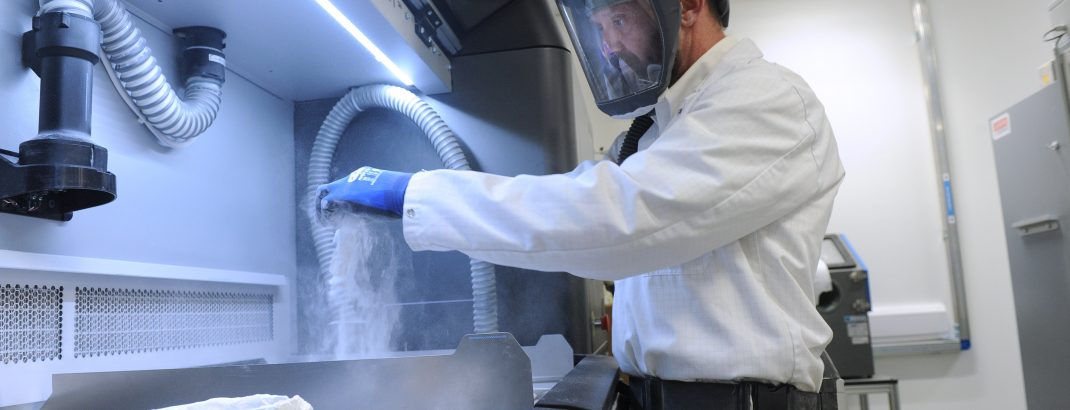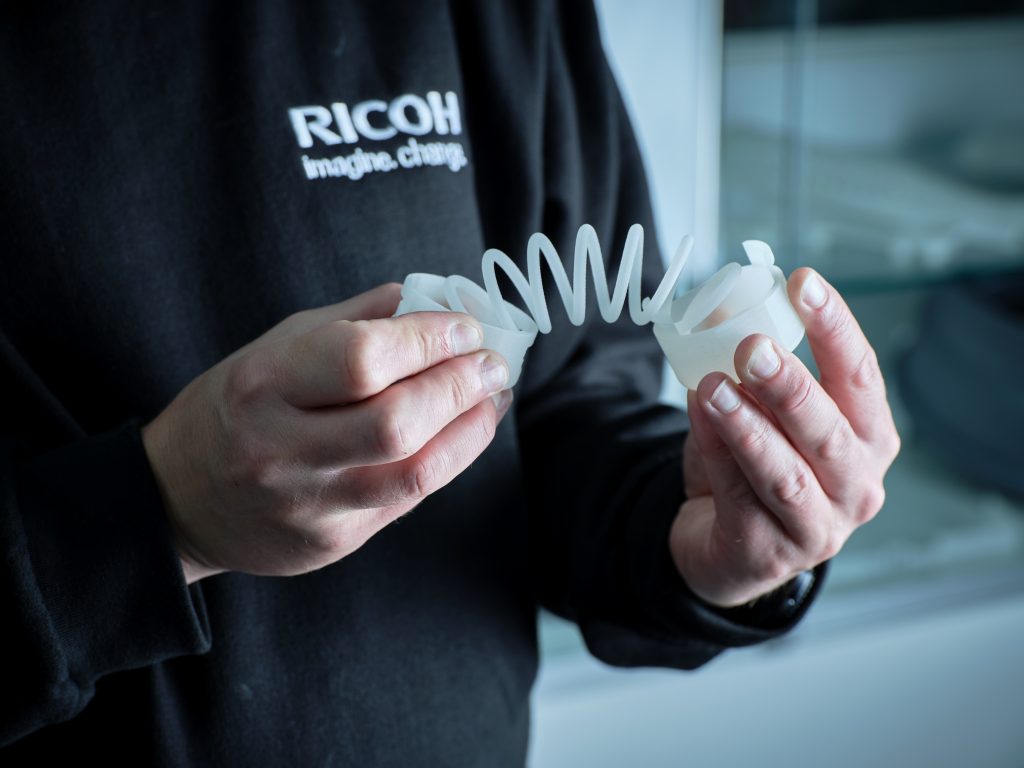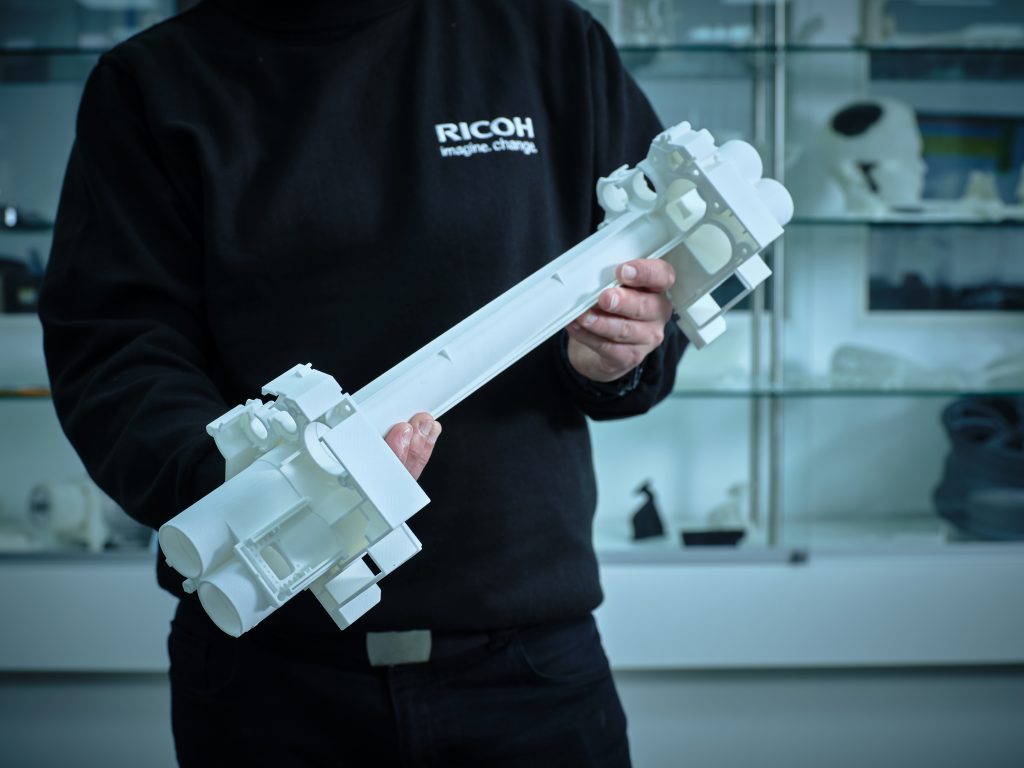3D printing could be the answer for manufacturers affected by a new law requiring them to provide spare parts for fridges, washing machines and televisions.
Ministers have confirmed that, from this summer, consumers will have a right to repair on goods they buy.
It means manufacturers will be legally obliged to make spare parts for products available to consumers for up to a decade.
It comes after complaints from consumers that goods are not lasting as long as they should and the parts to bring them back into use are unobtainable, leading to an increase in electrical waste.

The legislation is likely to cause logistical headaches for manufacturers who face having to stock hundreds of thousands of spare parts.
Mark Dickin, Additive Manufacturing & Moulding Engineering Manager at Ricoh 3D, says 3D printing can help reduce the need for stocking a huge physical inventory and vast warehouse space by holding less frequently required parts as digital files and reproducing them as required using 3D printing.
“The ‘right to repair’ law will undoubtedly mean that goods last longer, producing cost savings for the consumer and significant environmental benefits, given the shift in social consciousness towards sustainable living.” said Mark.
“It is a real conundrum for manufacturers, however, who face having to stock thousands of parts in expensive warehouses just in case they are required.
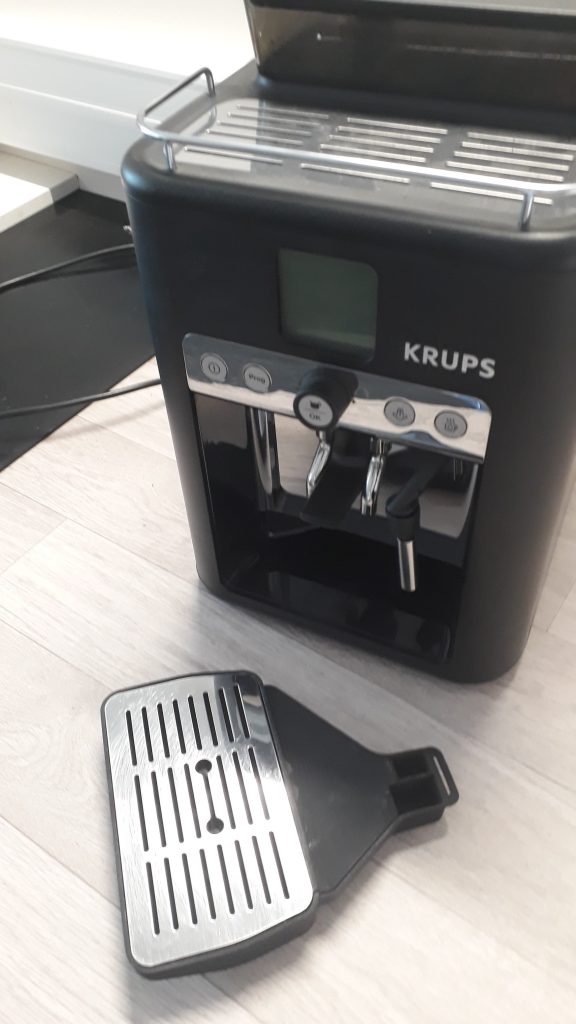
“Additive manufacturing can play a huge role here. Some parts will be frequently required and it makes sense for manufacturers to hold these in physical form, but 3D printing means the parts which are less in demand can be held digitally as CAD data. With only a data file needed, why stop at a 10-year guarantee?
“3D printing is redefining how spare parts are controlled and supplied, making way for the ‘one on the shelf’ model whereby minimal stock is required to support customer demand. Once used, the parts are simply re-printed and stock replenished, optimising the supply chain and making large storage facilities for parts and their associated tooling redundant.
“3D printing means these parts can be produced on-demand in hours, rather than waiting weeks for the long lead-time and expensive tooling required for traditional manufacturing methods. “We have already seen many market leaders, including car manufacturers and makers of white goods, harnessing the power of 3D printing and creating a digital spare parts inventory for rare low volume parts, but we’d certainly expect to see this increase with this news.”
Manufacturers will be required to make spare parts available for a minimum of between seven and 10 years to reduce the 1.5 million tonnes of electrical waste that the UK generates every year. They will also be required to make it easy to remove and replace parts using commonly available tools.
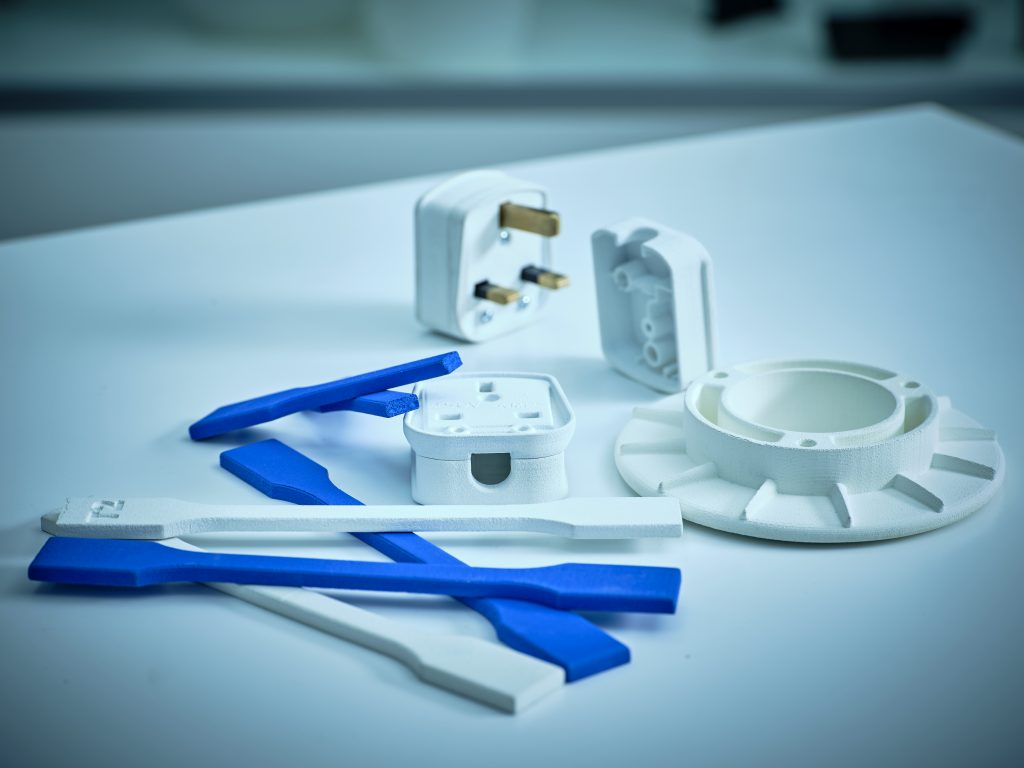
Electricals such as dishwashers, lights and welding equipment will also be covered by the new law – but not phones and other tech.
Mark added: “Many people still see 3D printing as a prototyping tool, but at Ricoh 3D we specialise in end-use functional materials. Our thermoset solution for SLS technology offers UV stability, flame retardancy and superior insulating properties compared to thermoplastics, making it perfectly suited for white goods appliances. In traditional manufacturing, polypropylene is one of the most widely used commodity plastics in the world. Our 3D polypropylene material has extremely high elongation-at-break, making snap-fit enclosures, living hinges and housing components all possible – seen prolifically across consumer goods.
“There has to be a shift in the perception of 3D printed parts at all levels though – these parts might not always look exactly the same as the original, but we believe the performance and environmental benefits will accelerate user acceptance. 3D printing also opens up cost-effective avenues for customisation and added functionality, which would be impossible on a scale of mass production.
“3D printing is without doubt the most agile technology and is already in the starting blocks to meet the demand for spare parts that this news is likely to generate.”
Read more information about the benefits that 3D printing brings to the supply chain here.
